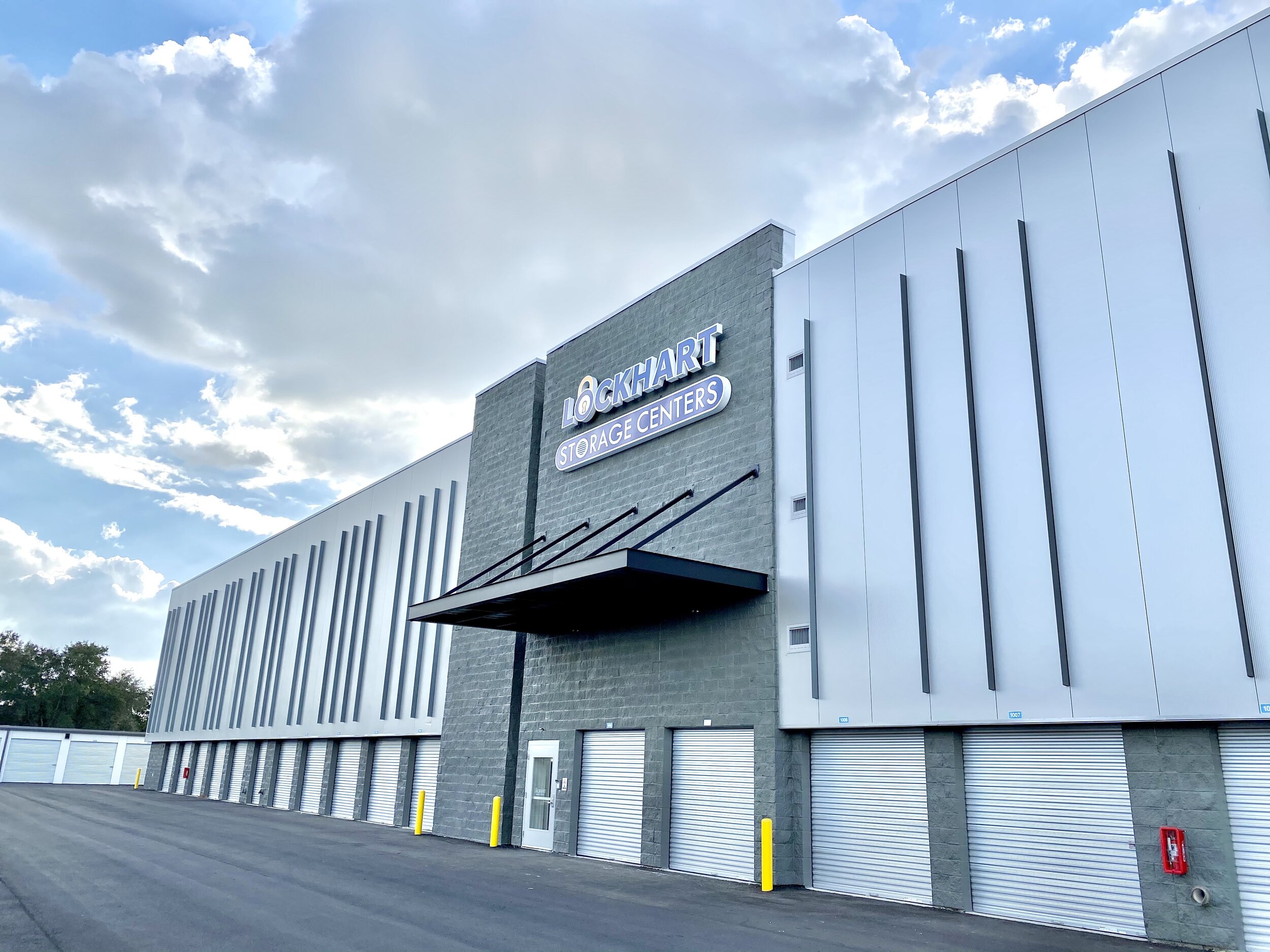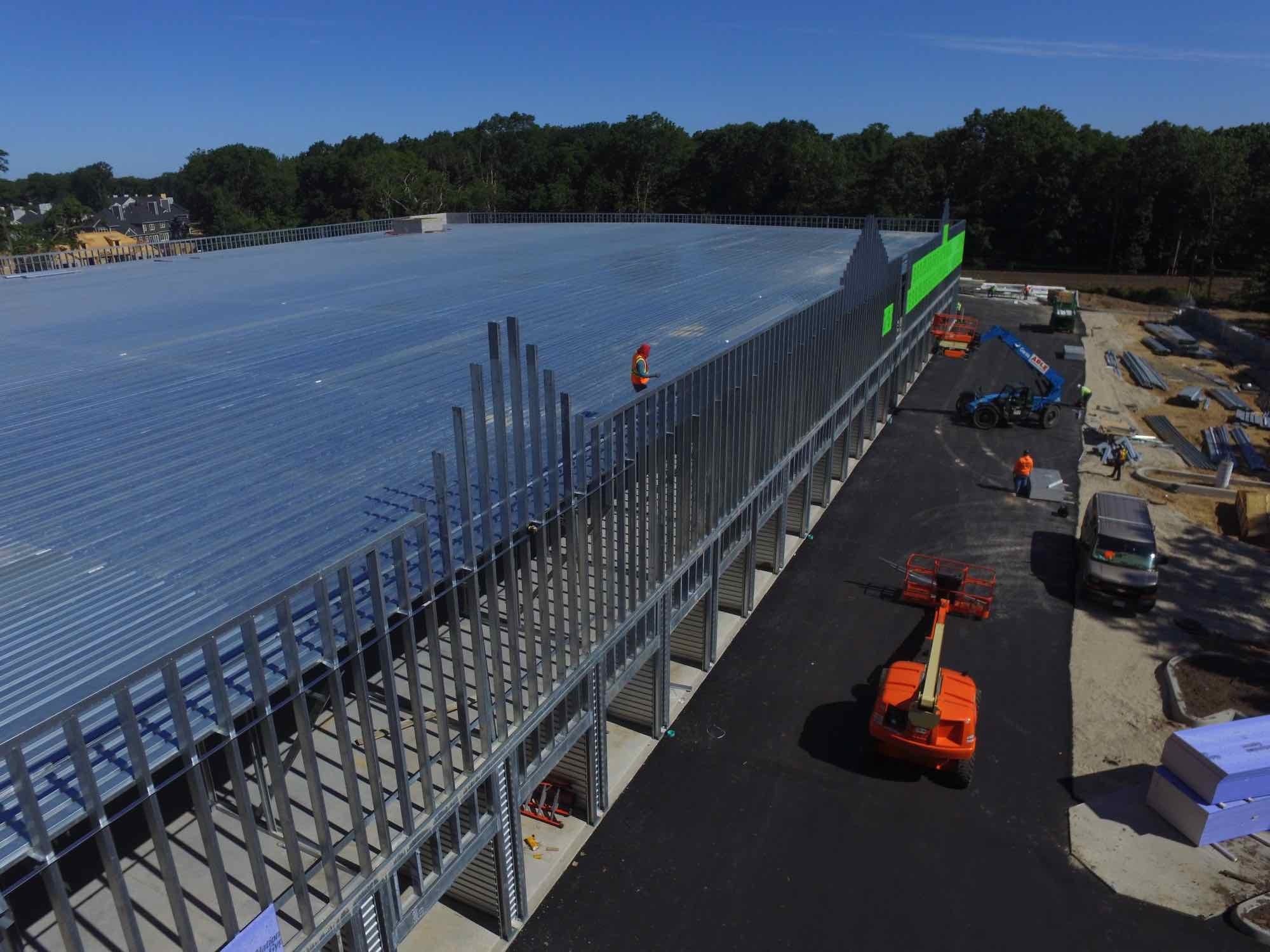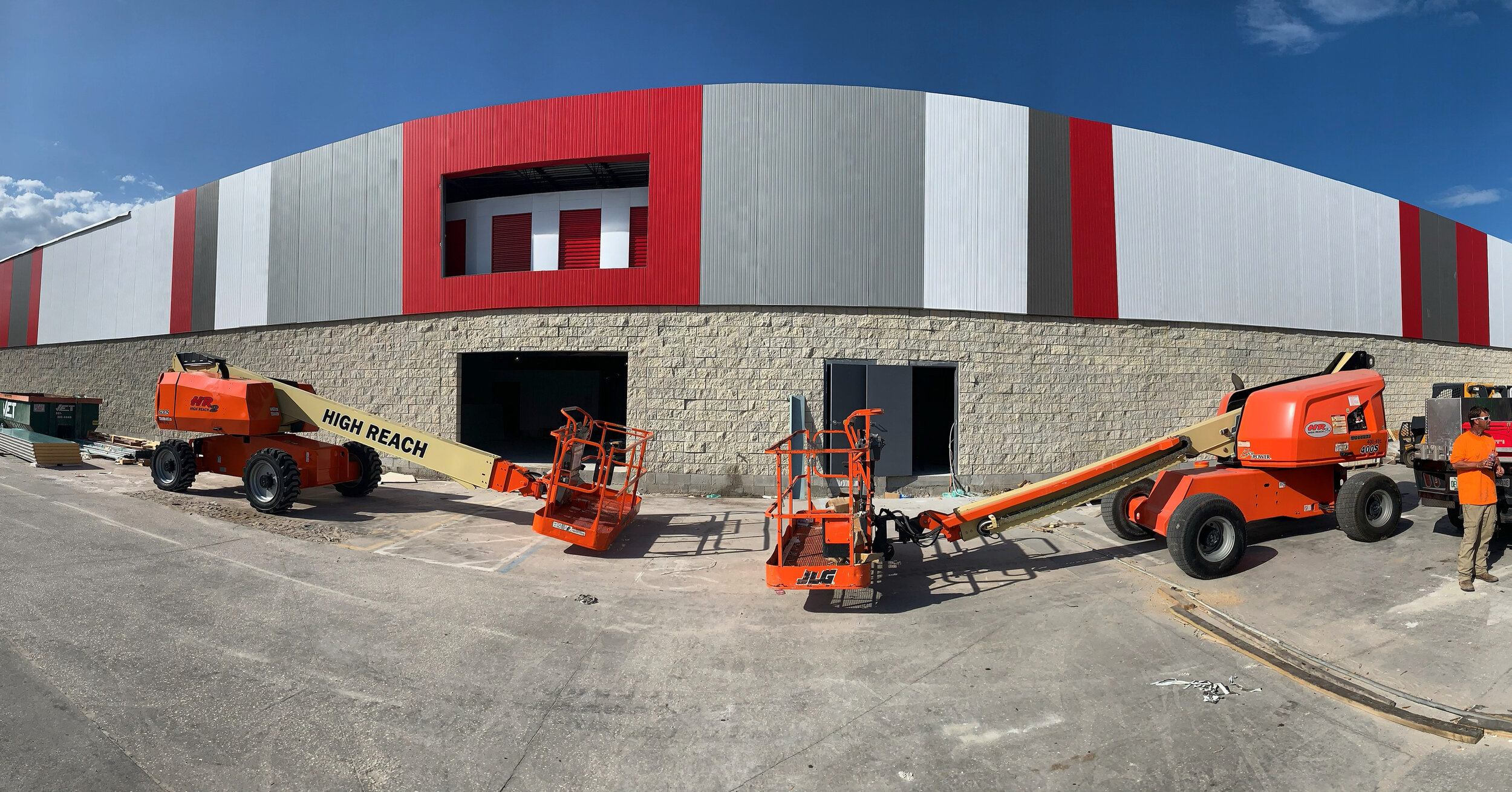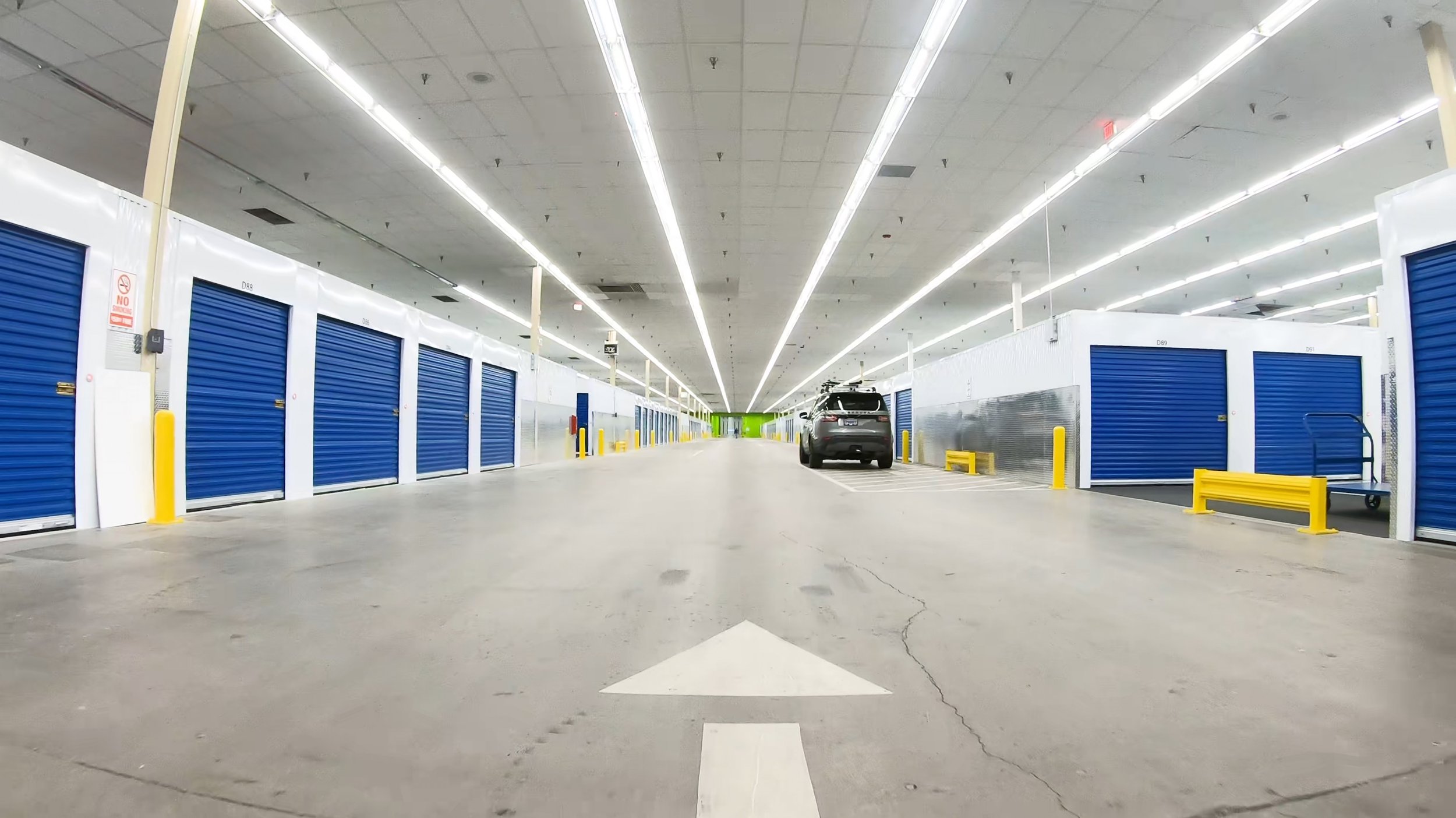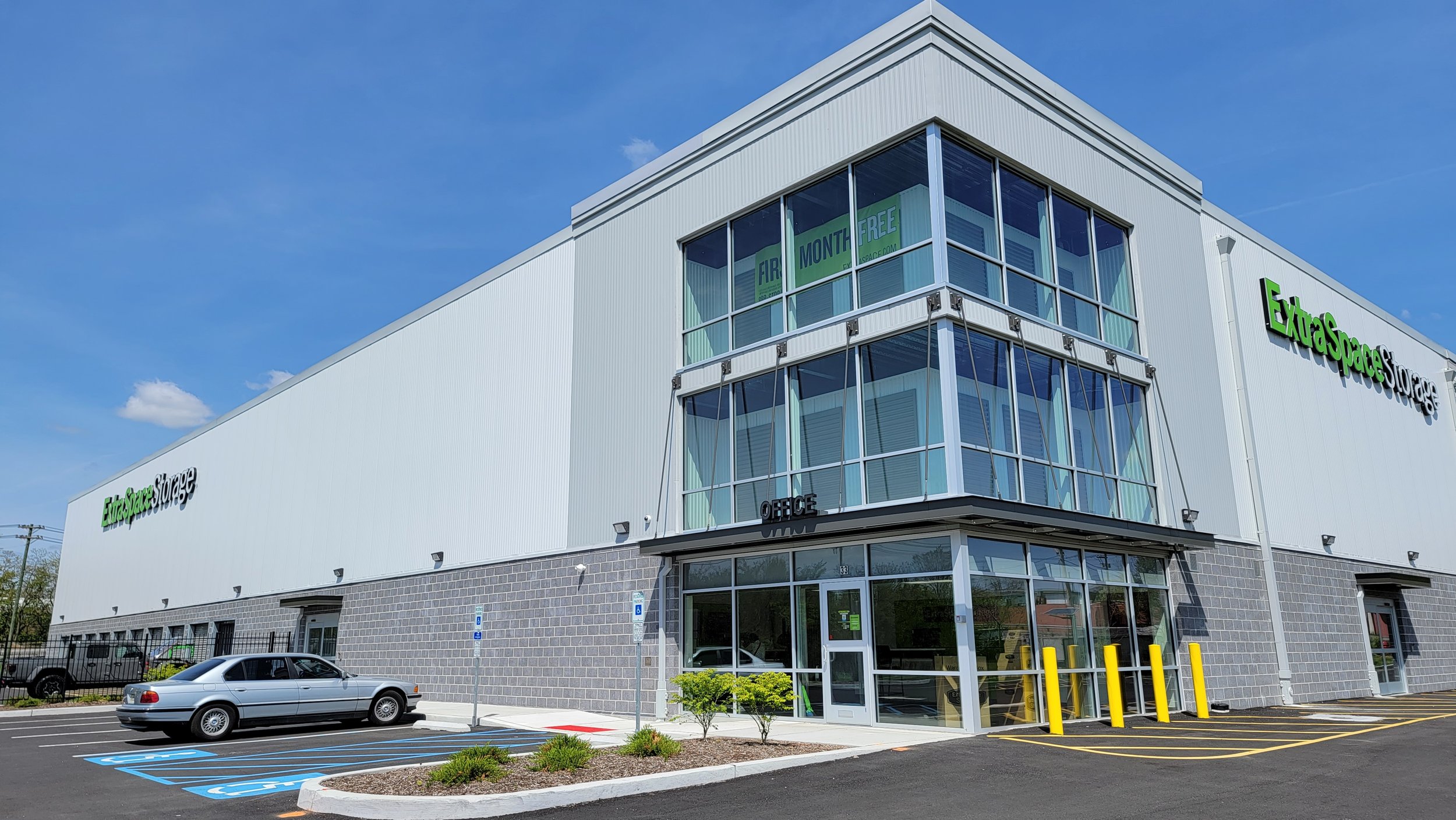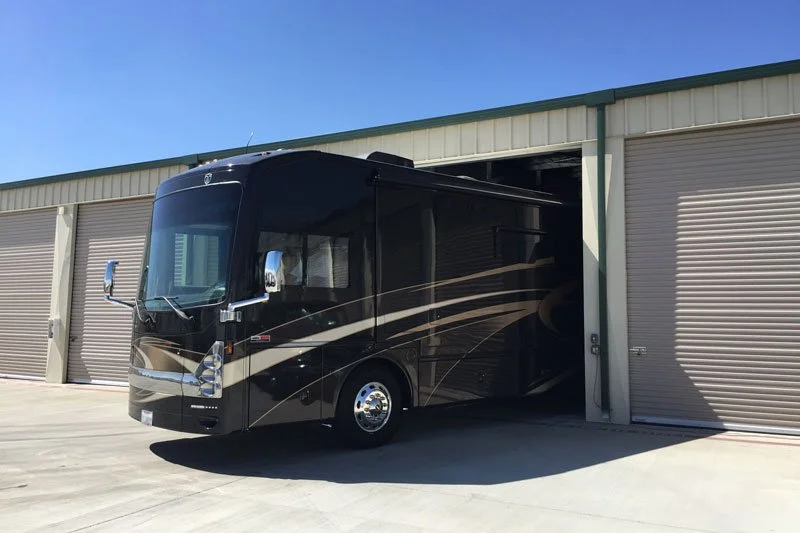The Ultimate Guide to the Self-Storage Industry: Insights and Tips
If you are thinking about starting a business in the self-storage industry, conducting your research into this sector is an essential part of the preparation.
Once you have this information, you will be far better positioned to start your venture in style.
Here at Storage Building Co., we offer a range of multi-level self-storage services for self-storage operators and new and expanding businesses alike.
Before calling us to arrange a consultation, though, let’s take a closer look at the self-storage market trends and industry insights that you need to know.
Industry Overview: Self-Storage Market Analysis
The self-storage industry is currently valued at $58.26 billion and is expected to surpass $72.15 billion by 2028, signaling a CAGR of 4.37%.
While the Asia-Pacific market is currently growing at the fastest pace, the North American market remains the global leader while 90% of all self-storage inventory is found in the U.S.
Self-storage continues to show a positive forecast for a variety of reasons.
Increased urbanization is cited as one of the most important driving factors, which has seen an increase in both personal and business customers. Some of the reasons people hire self-storage units include but are not limited to;
Relocating their home or office,
To overcome a lack of space caused by urbanization and property prices,
Storing business equipment and seasonal promotional goods,
To store assets during a gap year,
For document archiving or storing products linked to a hobby.
The self-storage industry caters to both short and long-term storage needs while there are now thousands of companies in the global sector.
The biggest names are; Public Storage, LifeStorage, U-Haul, Extra Space Storage, CubeSmart, National Storage Affiliates, Storage Mart, Merit Hill Capital, and Prime Storage.
Current Trends: Self-Storage Industry Statistics 2023
The self-storage industry has been one of the fastest-growing sectors of the 21st century, especially if you ignore tech sectors.
The current self-storage development statistics show that it is still thriving in 2023 and is set to keep doing that in 2024 and beyond.
Insights into the sector show that the average cost of a 10x10 self-storage unit is $132 per month, which increased to $152 for climate-controlled solutions.
Of course, the overall costs increase with size while the cost per square foot becomes cheaper for a larger unit. The average cost per square foot works out at around $1.16 per month.
Some other important statistics that you should know if thinking about the prospect of opening a business in the self-storage industry include;
A total of over 170,000 U.S. workers are employed by self-storage companies as the average facility hires 3.5 people.
Roughly one in three self-storage facilities in the U.S. also offers truck rentals for a more comprehensive and convenient solution.
The average stay in storage units is nine months, although a growing percentage of customers opt for permanent storage spaces due to a lack of space in homes.
Market Size: Self-Storage Market Data
The U.S. self-storage market currently comprises just over 1 billion sq. ft. with around 1/8th of that coming in the last five years. It provides further evidence of how large the industry has become as well as its current status.
Meanwhile, research shows that an estimated five million square feet and 98.2 million square feet of storage came on the market throughout the U.S. in 2023.
On a side note, digital trends show that over 3 million monthly searches are made relating to this sector, highlighting its popularity and its ability to reach new audiences.
The most expensive cities for self-storage are currently; San Rafael, Santa Barbara, Honolulu, Yonkers, San Francisco, New York, Los Angeles, Arlington, Jupiter, and Burbank. Conversely, the cheapest are;
Bardstown,
Claremore,
West Bend,
Denham Spring,
Cabot,
Alamogordo,
Chesterton,
Lowton,
Edmond,
Fairhope.
San Rafael prices are almost six times higher than Bardstown, showing how there is a fluctuation in the market depending on locations and demands.
Nonetheless, high occupancy and rental rates coast-to-coast showcase the fact that the sector is performing well.
Demand and Supply: Self-Storage Industry Data
Demands for both residential and commercial self-storage unit rentals are on the rise for the reasons mentioned above.
As such, self-storage companies are actively responding by increasing the supply with the available inventory growing by around 10% annually.
The growth is seen across the country, but it is clear that some locations have greater demands for self storage demand and development than others. The 10 U.S. cities with the highest self-storage requirements are;
New York,
Phoenix,
Dallas-Fort Worth,
Atlanta,
Sarasota-Cape Coral,
Tampa,
Chicago,
Washington, D.C.,
Miami.
Meanwhile, Knoxville is the city with the fastest-growing demand for self-storage. On average, self-storage facilities will contain over 500 individual units.
Furthermore, the demand for vehicle storage has also grown, leading to around 20% of all facilities providing storage for boats, RVs, and/or classic cars.
Market Outlook: Self-Storage Industry Outlook
When deciding whether to pursue a startup in the self-storage industry, profitability is naturally one of the most important metrics to consider.
Statistically speaking, companies in this industry can expect to yield profit margins of 41%. This compares to around 22% as an average across all sectors.
The costs of starting a business will vary greatly depending on a variety of aspects, such as location and the size of your facility, but a rough ballpark figure is $1.5-$2.5 million to get started.
Operating costs are relatively low cost and small, even when you have utilities and climate control features to consider.
Even though year-on-year transaction volumes were shown to fall in the first half of 2023, the self-storage industry still shows an improvement compared to the 12-month levels leading up to the pandemic.
As such, the industry is looking very healthy, making it a good time for entrepreneurs to consider starting in this field.
Competitive Landscape: Self-Storage Market Research
The self-storage industry offers phenomenal opportunities for companies that can provide the right storage facilities and position themselves to attract residential and/or other commercial real estate as clients in their region.
Meanwhile, the low cost of building self-storage units is an appealing feature when compared to the revenue that they generate. Unsurprisingly, though, it is a competitive landscape.
Research shows that there are around 50,000 self-storage facilities across the U.S. alone. As such, customers do not tend to struggle in their bid to find solutions.
As such, business owners must ensure that their facilities provide a great choice for prospective customers. Some of the key attributes that self-storage users look for ina facility include;
A convenient location with good road access,
Ample choice of self-storage unit sizes,
Features like climate control capabilities,
Affordability and value for money,
Exceptional security to keep items protected,
Suitable opening times to access their units.
With this in mind, all prospective business owners must work with a dedicated team that can design, develop, and deliver a self-storage facility capable of delivering the desired results.
Storage Building Co. boasts extensive experience in helping people like you turn their business dreams into a reality.
Interestingly, though, 73% of all self-storage facilities are managed by small operators. So, while the nationwide giants of life storage alone may seem daunting, there are ample opportunities for you to tap into the growing marketplace.
Demographic Insights: Self-Storage Demographics
Understanding who uses self-storage units is an essential part of research. Stats show that over 20% of renters in the U.S. are using self-storage. The same reports show that over 50% of female renters opt for self-storage units while Gen X is the most represented age demographic.
However, it should be noted that self-storage services are used by all age demographics. While Gen X accounts for 23%, Millennials and Boomers both stand at 21%. The Silent Generation are represented by 16% and Gen Z is 11%.
Self-storage units are used by clients from studio apartments, small houses, and large properties alike.
When added to the fact that they are also regularly used by businesses, it’s no wonder that unit sizes range from as small as 5x5s to much larger spaces such as 10x30s.
Future Outlook: Self-Storage Industry Analysis
As already stated, the current CAGR of the forecast period of over 4% shows that the self-storage industry is moving in the right direction.
Moreover, the average occupancy rate at self-storage facilities is 96.5%. So, while there has been some drop in growth in recent times (due to factors like the pandemic and the impact of business closures) the future looks bright for this sector.
Those external issues have also influenced emerging trends in self-storage, which is something new businesses entering this field should also know about. Key focal points in the current climate include;
Virtual tours of facilities,
Online bookings and payments,
Automated access to facilities and units.
Self-service kiosks at facilities.
The self-storage industry only started in 1964 (in Texas) and has grown exponentially in the years since. Versatility, increased interest rates, accessibility, the adoption of modern tech, and the introduction of niche markets have all gained headlines for storage interest in recent years.
The focus on these features will likely intensify over the coming years.
To learn more about the industry and how you can break into it, contact us or request a quote today.

